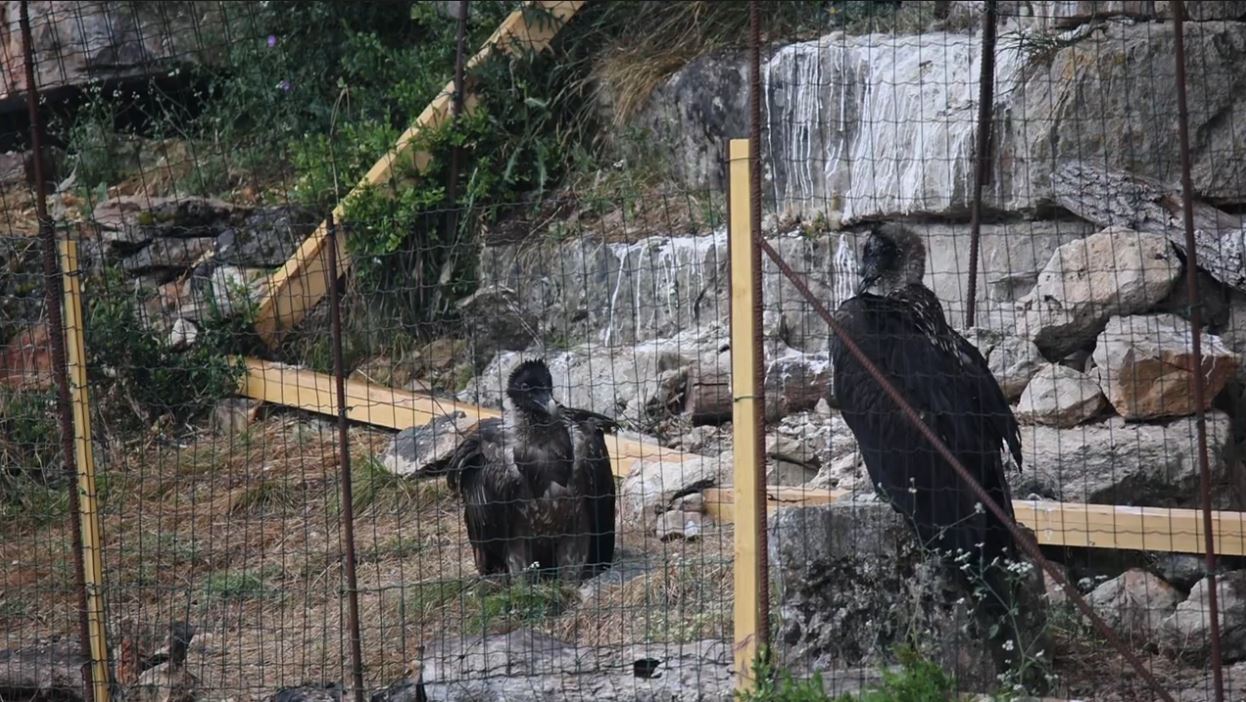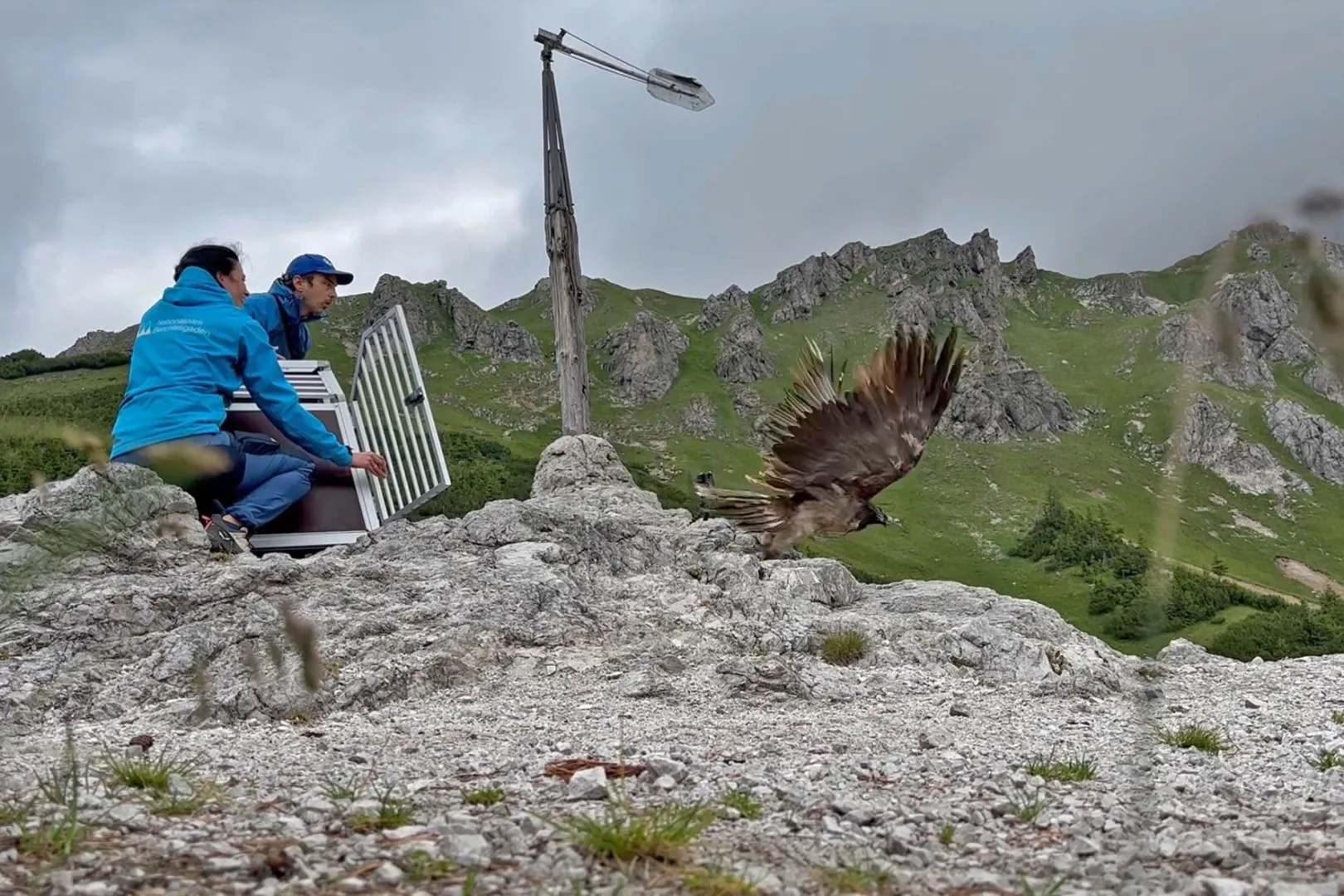A ‘bird detection system’ will be installed in the Netherlands at the Windpark Zeewolde next summer to prevent bird collisions with wind turbines, especially the white-tailed eagle (Haliaeetus albicilla), also known as Sea Eagle. The innovative system will be installed following the recent fatal collisions of a white-tailed eagle and a Bearded Vulture (Gypaetus Barbatus) in one of the 83 wind turbines of the park. With a growing number of pairs of eagles breeding near the wind farm, the system is meant to prevent further collisions.

Preventing bird collisions with wind turbines
Unfortunately, collisions with wind turbines are one of the leading causes of vulture mortality in Europe, affecting several bird species and bats equally. A collision is often fatal or cuts part of the bird’s body, leading it to a fate in captivity, unable to return to the wild. In the Netherlands, after the deadly collision of a sea eagle, the social controversy prompted the company to adopt a system to prevent further incidents.
According to the Windpark Zeewolde, 28 white-tailed eagle nests were built this season in Oostvaarderslplassen, close to the windpark. Forty-five hatchlings successfully joined the population, which has been facing a positive growth trend in recent years. However, the wind farm’s proximity to the breeding area poses a severe threat to the birds.

The company will install an innovative “bird detection system”
The company will equip sixteen wind turbines with a steel band with multiple cameras, strategically positioned to identify birds flying from different angles. The system will be able to locate sea eagles flying at a distance of 1100 meters and follow the bird until it is out of the dangerous area.
When the cameras detect a sea eagle approaching 300 meters or less, the nearby turbines will automatically shut down.
Windpark Zeewolde
The cameras were designed specifically to detect white-tailed eagles, as they tend to soar the land from above before diving deep in a hunt. The system also includes a horn, but it is ineffective in keeping them away from the dangerous wind turbines. According to the Windpark Zeewolde, “several million euros are being invested” in piloting this innovative detection system.
Bearded Vulture Roc lost its life in the Windpark Zeewolde this summer
Unfortunately, in June this year, the remains of the Bearded Vulture Roc were found under a wind turbine. Roc was a young captive-bred vulture released in the Grands Causses (Southern France) in 2022. Tragically, he met his end after a collision with a wind turbine in Zeewolde. The incident joined the growing social discussions around the death of sea eagles.
Although too late for Roc and the white-tailed eagle, this is good news and a major breakthrough in the Netherlands.
Said Hans Pohlmann, as VCF President and dutch citizen
In 2021, another Bearded Vulture fatally collided with a wind turbine in Noord-Holland in the Netherlands. In that same year, 16 Griffon Vultures lost their lives in Aragon, Spain, for the same reason. In Greece this year, a Cinereous Vulture got its wing cut off after colliding with a wind turbine, and another lost its life in the Greek Rhodopes in 2022. Most of the birds found dead carry GPS transmitters, under several monitoring projects ongoing in Europe. Many other birds fall victim every day, but go unnoticed by the local authorities as their corpses disappear, eaten away by multiple generalist predators.
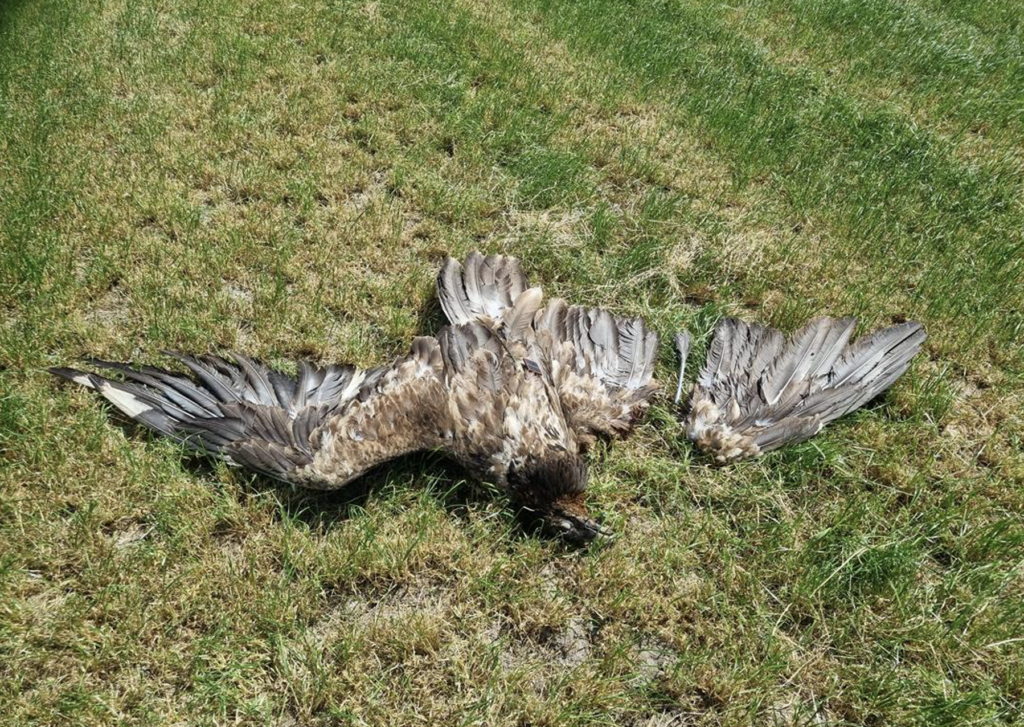
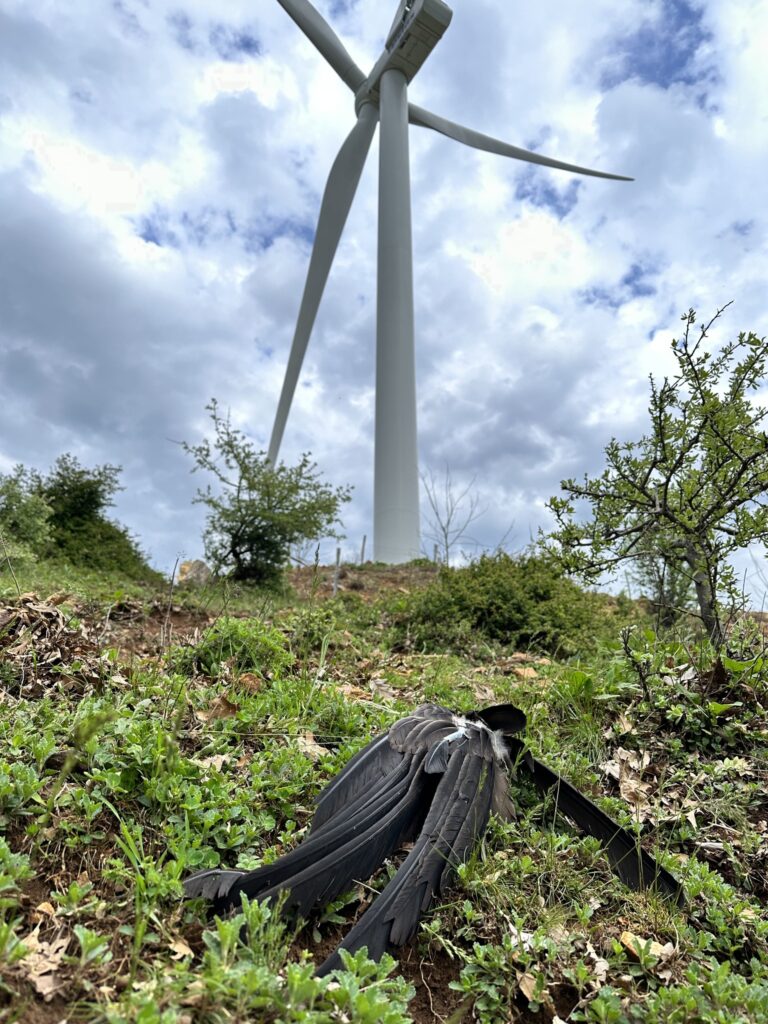

Collisions with wind farms are a growing threat to birds across the globe
The climate emergency and the need to reduce dependency on fossil fuels is accelerating the installation of new wind turbines, solar parks and other infrastructures to generate energy from renewable sources. These alternatives, however, often pose a severe threat to many bird species. According to the Multi-Species Action Plan for the Conservation of African-Eurasian Vultures, despite their’ acute vision, their head position when foraging makes them unaware of obstructions and particularly vulnerable to colliding with wind turbines and powerlines.
The VCF and partners have been engaging with a number of researchers and also with energy operators to provide data about the occurrence of vulture species, to try to prevent the establishment of wind farms in important corridors or breeding areas. The organisation is also involved in multiple projects funded by the EU’s LIFE Programme. In May this year, 100 participants gathered in Italy to discuss the LIFE Safe for Vultures‘ efforts to protect Griffon Vultures (Gyps fulvus) in Sardinia and compare best practices from other regions. Although with a focus on power line collision, wind farms were also referred to, conference takeaways are available here.
This year, the European Vulture Conference, happening between 14-17 November 2023, will provide the opportunity to share best practices and methods to mitigate collisions with wind turbines, with dedicated sessions and poster presentations. Secure your place and join us in Cáceres, Spain!
Finding solutions to prevent collisions with wind turbines
Installing automated collision avoidance systems is important to bird areas, but only sometimes enough to prevent collisions. It is necessary to perform sensitivity mapping analysis, collision risk modelling and spatial planning to avoid installing wind turbines in sensitive areas. A research article published in 2021 proved that painting a single wind turbine blade black reduces collision by 70% and is particularly effective for large birds of prey and, therefore, probably also vultures.
Shut down on demand (SDOD) is the most effective way to tackle the threat, as losses in energy are negligible and pose insignificant economic loss to energy companies. It requires a detection system (observers, technology or hybrid) and shut down criteria, site and species-based. Technological approaches include radars, which allow night detection and cover vast areas but are expensive and cannot differentiate species. In contrast, cameras allow for species identification but are equally costly and cover short-range areas.
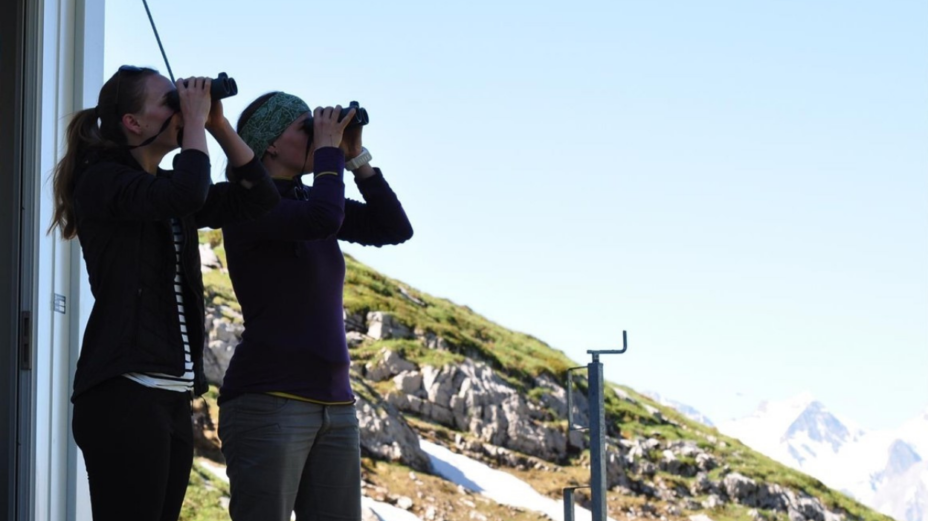

The new detection system that will be tested in the Netherlands is promising, and we hope it bears good results, avoiding the collision of sea eagles and other bird species.
Source:
https://windparkzeewolde.nl/ruim-baan-voor-zeearend-door-slimme-cameras-in-windpark/
